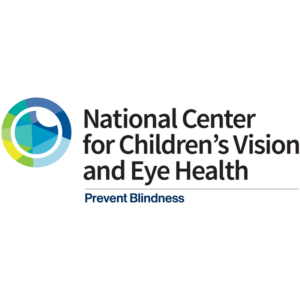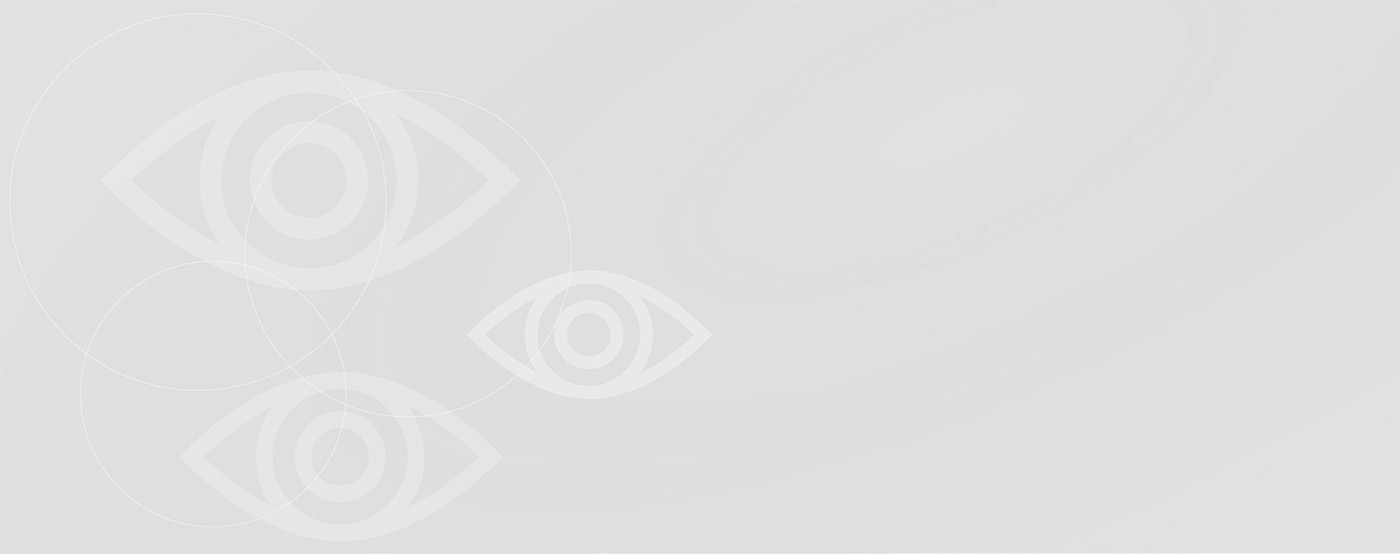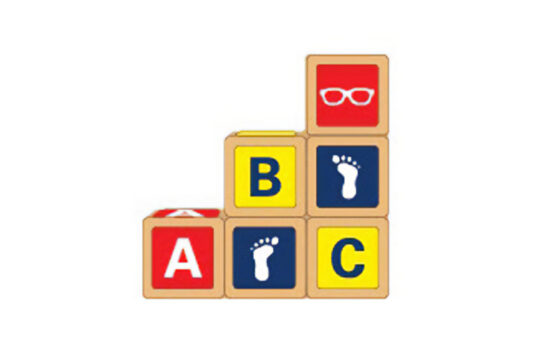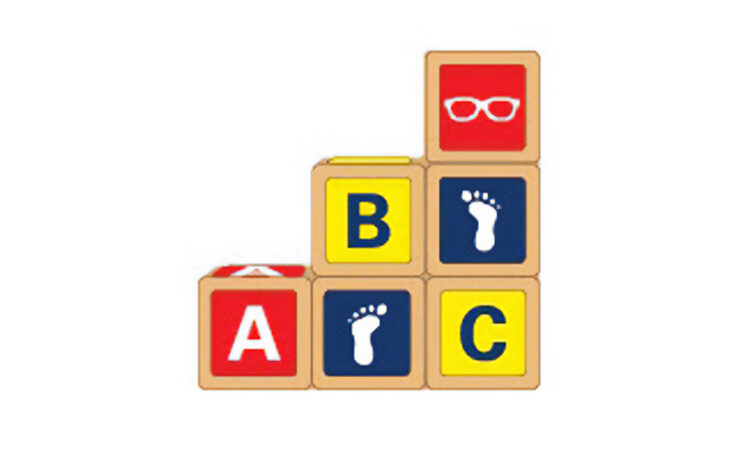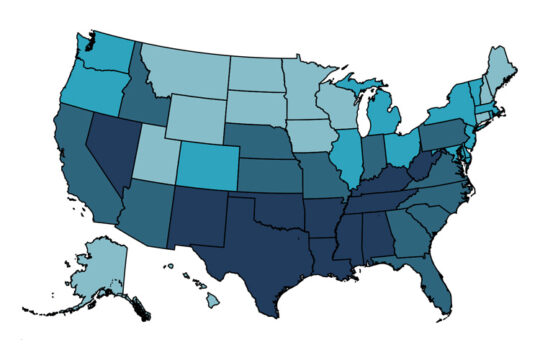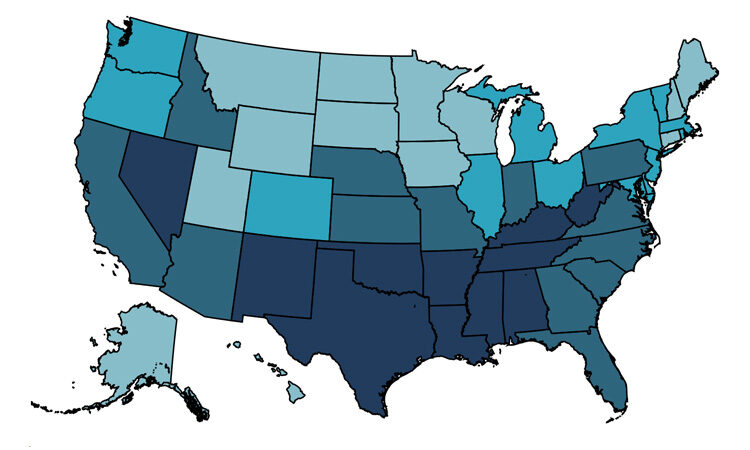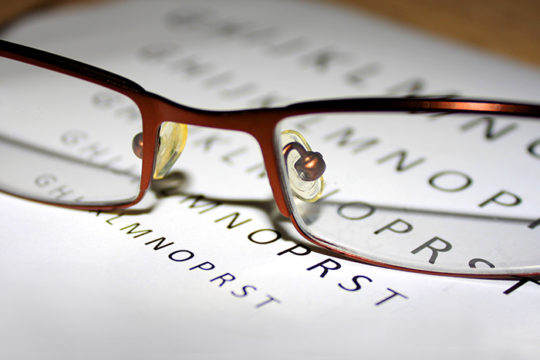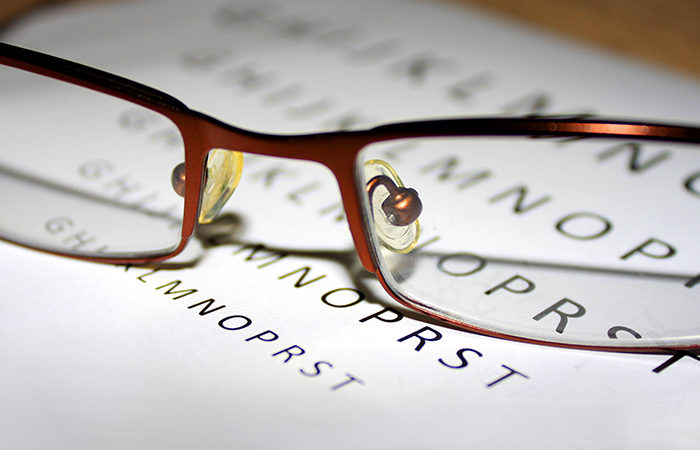- March 2025 National Center News
- Children’s Vision and Eye Health: An Overview
- Vision Screening Certification
- State Approaches to Children’s Vison and Eye Heath
- Health Education Resources
- Vision Screening Guidelines by Age
- Vision Screening Guidelines by Age
- 12 Components of a Strong Vision Health System of Care
- Birth to First Birthday
- Toddlers Ages 1 and 2 years
- Preschoolers Ages 3-5 Years
- Children Ages 6 Years and Older and Adolescents
- Children With Special Health Care Needs
- Visual Acuity (optotype-based) Vision Screening
- “Machine” Screening
- Stereoacuity Screening
- Color Vision Deficiency Screening
- Untestable Guidelines
- Rescreening Guidelines
- Additional References
- National Vision Screening Guidelines
- Children Who Should By-Pass Vision Screening
- Vision Screener Training and Certification
- Occlusion Techniques
- Instrument-Based Vision Screening Guidelines for Children Ages Less than 6 Years
- Stereoacuity Testing
- Untestable Children and Rescreening Guidelines
- Components of a Comprehensive Vision Screening System
- Vision Screening Guidelines by Age
- Data Collection Guidelines
- Performance Measure Guidelines
- Best Practices and Policy
- Parent/Caregiver Resources
- Small Steps for Big Vision: An Eye Health Information Tool Kit for Parents and Caregivers
- Parents Need to Know
- Introduction
- Vision Meeting
- Parent Resources
- Parent Comments About Vision Meeting
- Did You Know?
- 10 Take Home Messages
- Signs of Vision Problems in Children
- Association Between Vision and Learning
- Certain Classroom Behaviors May be Related to Poor Vision
- Vision Screenings and Eye Exams
- Importance of Eye Exams
- 10 Steps from Screening to Eye Exam
- How to Schedule an Eye Exam
- Financial Assistance
- Presenter Guide
- Invitation
- Sign-in Sheet
- Handouts
- Experiential Activities for Presention
- PowerPoint
- Signs of Vision Problems
- Vision Screenings, Eye Exams, Treatment
- Parents: Your Vision
- Videos and Webcasts
- ACHIEVE Children’s Health Initiative
- Understanding Children’s Vision Screenings and Eye Exams
- Your Child’s Sight
- A Glossary of Eye and Vision Terms
- Signs Your Child Might Have a Vision Problem
- Taking Your Child to the Eye Doctor
- How do I get my child to wear eyeglasses?
- Find an Eye Care Provider (eye doctor)
- The Affordable Care Act and Your Child’s Eyes
- Common Eye Problems
- Eye Health and Safety Fact Sheets
- Small Steps for Big Vision: An Eye Health Information Tool Kit for Parents and Caregivers
- Children’s Vision Information, Resources, Conference Presentations and Webinars


